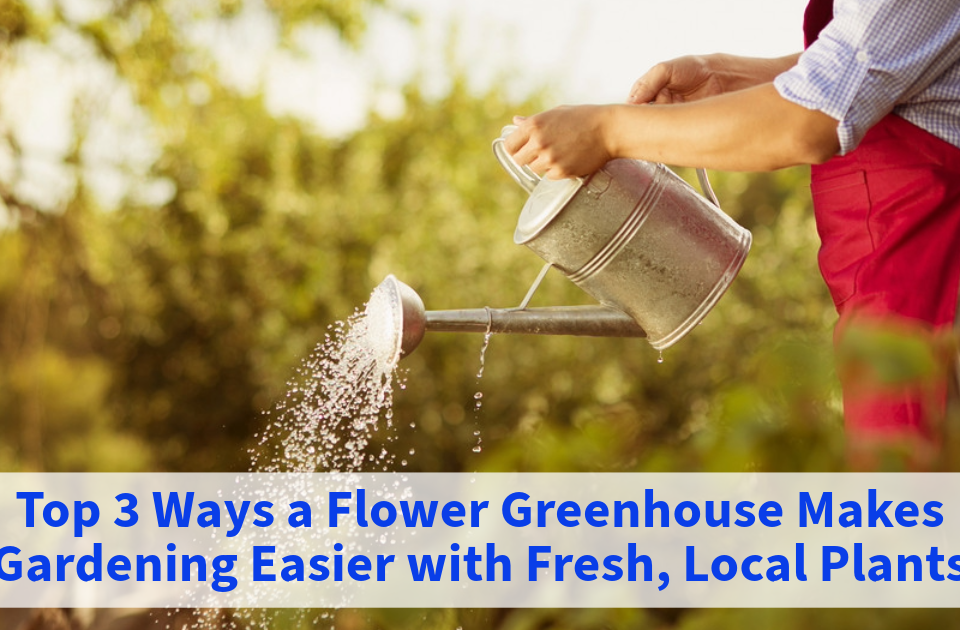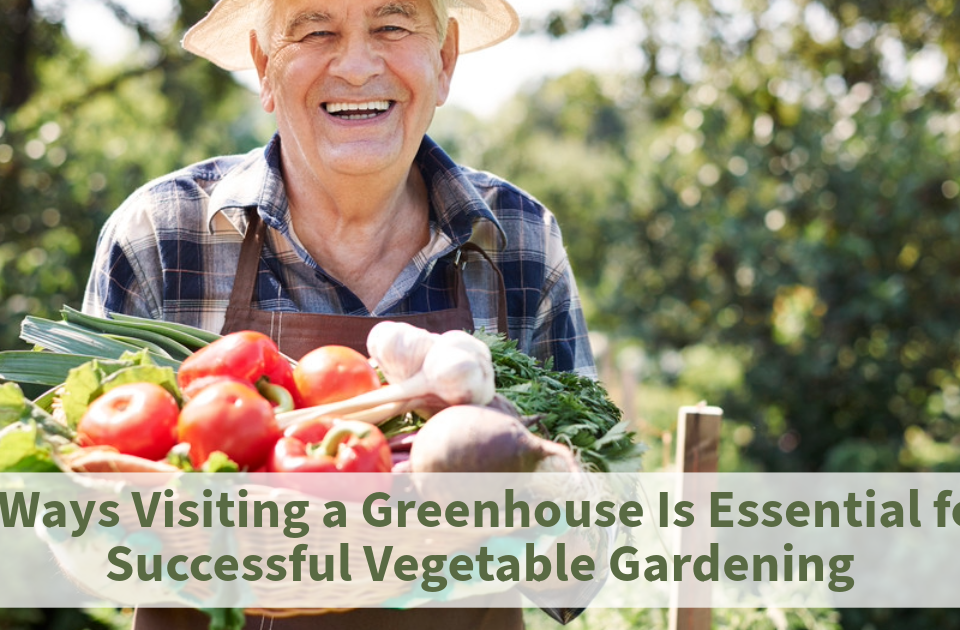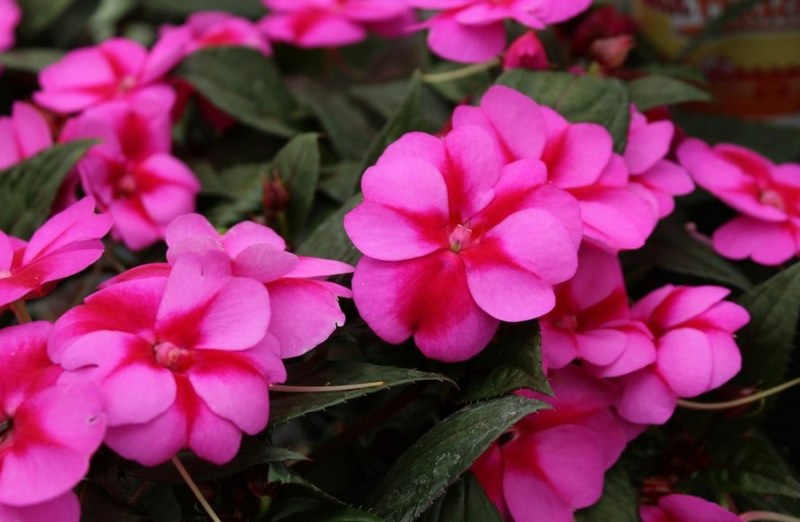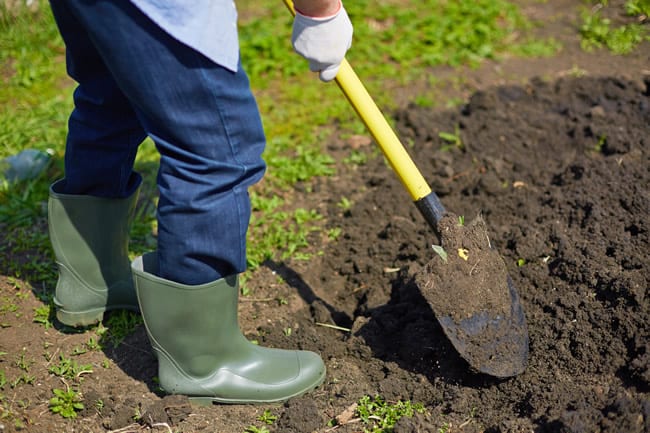
Preparing Your Garden For Planting
March 27, 2020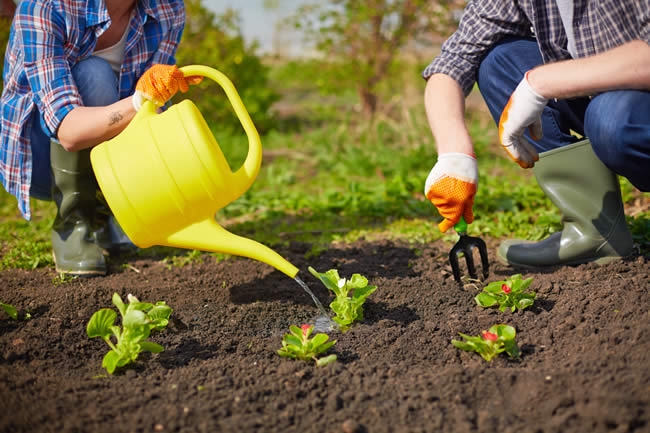 Planting a vegetable garden is so exciting! You have visions of beautiful, home-grown deliciousness going straight from the garden to the table. The soil gets turned up, compost added, vegetable seedlings or seeds purchased and planted in a well thought out design, and the watering begins.
Planting a vegetable garden is so exciting! You have visions of beautiful, home-grown deliciousness going straight from the garden to the table. The soil gets turned up, compost added, vegetable seedlings or seeds purchased and planted in a well thought out design, and the watering begins.
So do the daily questions you ask yourself. Did it rain last night? If so, how much? Should I water today? What time is best? Does the soil seem dry? Am I overwatering? The struggle is real!
Here are some tips to eliminate the watering guesswork and de-stress your gardening experience! As a general rule of thumb, vegetables need one inch of water per week, either from rainfall or irrigation.
This translates to about six gallons per square yard. The cool thing is that you don’t have to water every day, you just need to make sure that the soil retains enough moisture on a weekly basis.
The best time for watering your vegetable garden is in the morning or mid-day. Plants are susceptible to disease if the leaves are wet for long periods of time. Watering early helps them dry off more quickly and also reduces evaporation.
The key to frequency is figuring out what kind of soil you have. Clay or loam retains moisture longer so delivering an inch once a week is sufficient. Sandy soil drains faster so you’ll need to break it up to half an inch twice per week. The plants will develop a deeper, stronger root system with heavier soaking so it’s better to water less often but longer.
So how do you know what’s an inch of water? You can purchase an inexpensive rain gauge or make your own with a tuna can or similar container placed near the garden but not where it’ll get runoff. Old school common sense will actually be your best friend though. Sandy soil that’s dry when you poke your finger in about 2-4” needs water. If your clay soil is hard at that depth, same thing.
Something to keep in mind though, more is not always better! This definitely applies to watering. Plants need air around their roots to grow properly. Surprisingly, waterlogged soil will interfere with their ability to absorb moisture and minerals.
Since watering can get expensive and it’s eco-conscious to conserve, try adding a 2-4” layer of mulch in between your rows of plants or around them. That helps prevent evaporation and will reduce your water usage. Bonus, it’ll keep the pesky weeds down!
Happy gardening!


